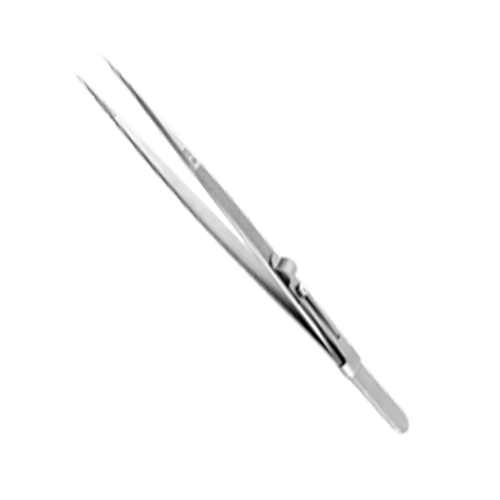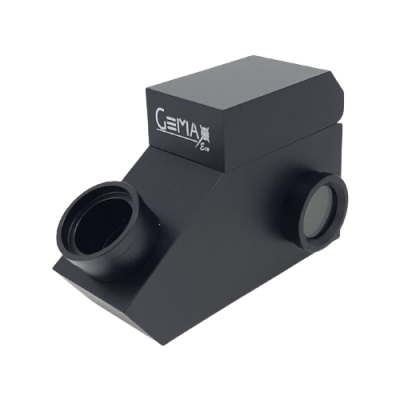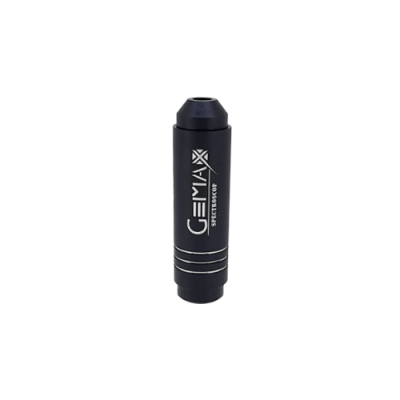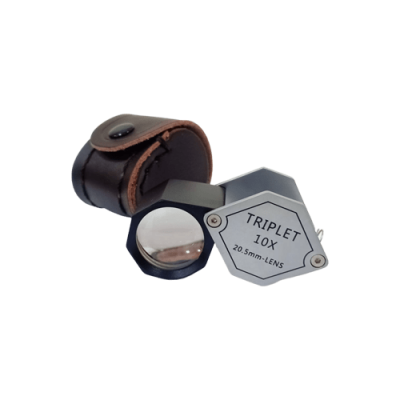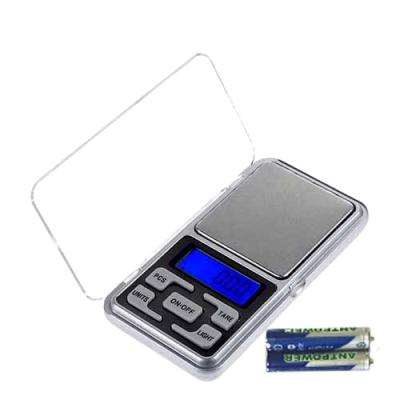Gem tweezers are a specialized tool used by gemologists and jewelry makers to handle and examine small gemstones with precision. They typically feature long, thin tips that allow for a delicate touch and a secure grip on the gemstone. Gem tweezers come in a variety of sizes and shapes to accommodate different gemstones and are commonly made from materials such as stainless steel or titanium. They are ideal for manipulating and positioning small gemstones during the jewelry-making process or for examining gemstones for inclusions or other characteristics. Overall, gem tweezers are an essential tool for anyone working with small, delicate gemstones, providing a precise and controlled way to handle these valuable objects.
Gem Tweezer
රු1,000.00
4 in stock (can be backordered)
Gem tweezers are a specialized tool used by gemologists and jewelry makers to handle and examine small gemstones with precision. They feature long, thin tips that provide a delicate touch and a secure grip on the gemstone
Related products
-
Gemax Refractometer
The Gemax gem refractometer is a reliable and affordable tool that provides accurate and reliable results for measuring the refractive index of gemstones. It is a user-friendly and durable device, making it an excellent choice for both professionals and hobbyists in the gemstone industry.
-
Gemax Spectroscope
The Gemax Spectroscope is a tool used by gemologists to identify and analyze gemstones by dispersing white light into its component colors. It is particularly useful for detecting certain elements and impurities in gemstones and provides important information for appraisals, evaluations, and research.
-
Loupe 10x Magnifier
රු5,000.00A loupe 10x magnifier is a powerful tool for gemologists to examine gemstones, allowing for a detailed analysis of a gem’s characteristics and identification of even the smallest inclusions. Its compact size and ease of use make it an essential tool for any serious gemologist or jewelry enthusiast.
-
Digital pocket Weight Scale
රු2,500.00The Digital Mini Pocket Weight Scale is a portable and accurate weighing scale that can fit into your pocket. It is suitable for weighing small items such as jewelry& gems, and is built to last with a durable design and high-precision sensor.
Units: g/oz/tl/gn/ct
Accuracy: 0.02g/ (Please Note: The precision is 0.02g, but the minimum measuring weight is 0.05g)
Power supply: 2x AAA batteries (Included)
Auto-off: 1 minute


